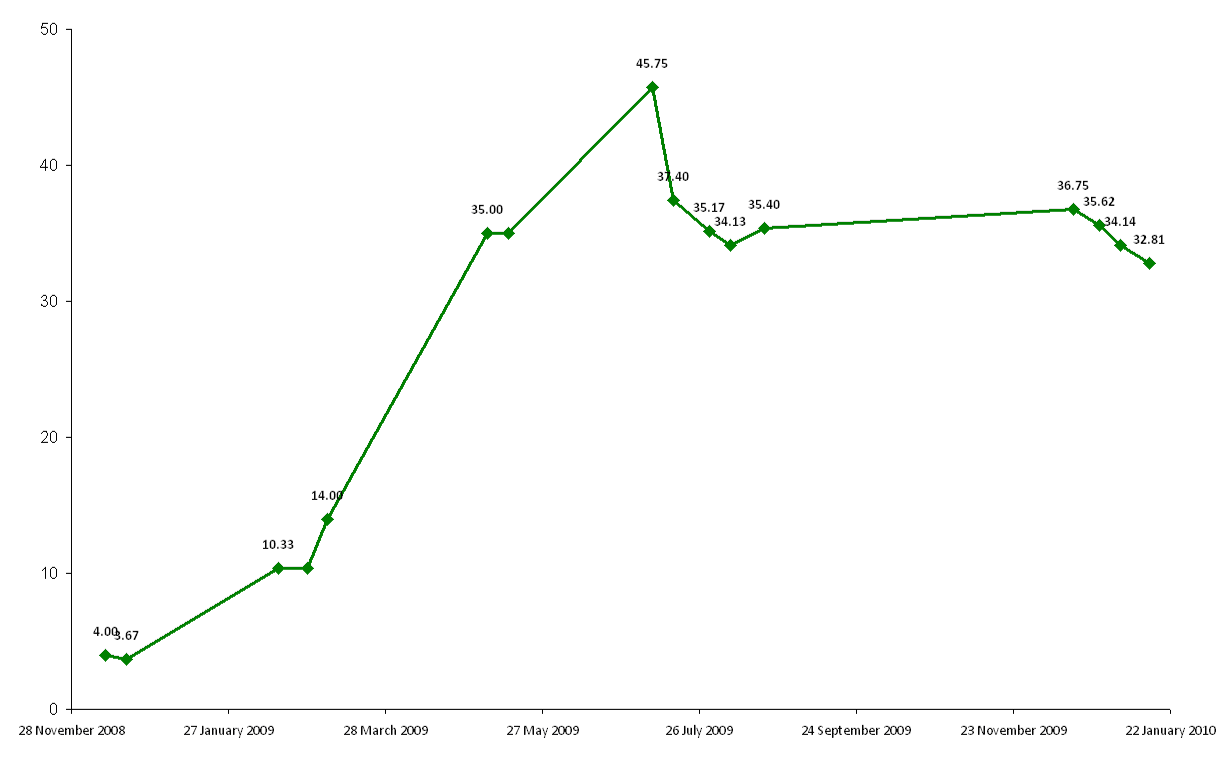Shakib Al Hasan’s century in the recent test match against New Zealand means that Graeme Swann is now the only member of my all-rounders table without a test match hundred to his name.
This brings into question whether Swann’s presence in the table is due to his being a genuine world-class all-rounder or, on the other hand, a statistical anomaly.

In my first post I talked about what makes an all-rounder. The underlying principle is that the player should merit selection as either a batsman or a bowler. If he is unable to do one or the other for a given match, is he still worth picking?
On this basis I think calling Swann an all-rounder is a bit of a stretch. If he couldn’t bowl he wouldn’t play. His usual batting position is 9, which he may feel is unfair but reflects the consistent opinion of a number of captains and coaches since 2008.
So why is he in the table? My batting criterion is an average over 30. If I raised this to (say) 35 I would be excluding Ian Botham, Shaun Pollock, Andrew Flintoff, Kapil Dev and Chris Cairns. All world class all-rounders according to conventional wisdom.
His average reflects the number of not outs in his 21 test innings. Here is how his average has changed since the start of his career:
[caption id=”attachment_489” align=”aligncenter” width=”500” caption=”Graeme Swann's batting average”] [/caption]
[/caption]
I think it will settle in the low- to mid-thirties for the remainder of his career. The peak of 45 was a result of two significant not-out innings in 2009 (63* against West Indies and 47* against Australia) and I don’t think he’ll approach those heights again. But if he keeps above 30 he’ll stay in my table.
So are the criteria wrong? How can I exclude a player like Swann when his figures bear comparison with the best of all time? All I can think of is excluding players who bat at 9, 10 or 11 in the batting order. This seems even more arbitrary than my existing criteria and I don’t like it much.
Any ideas?